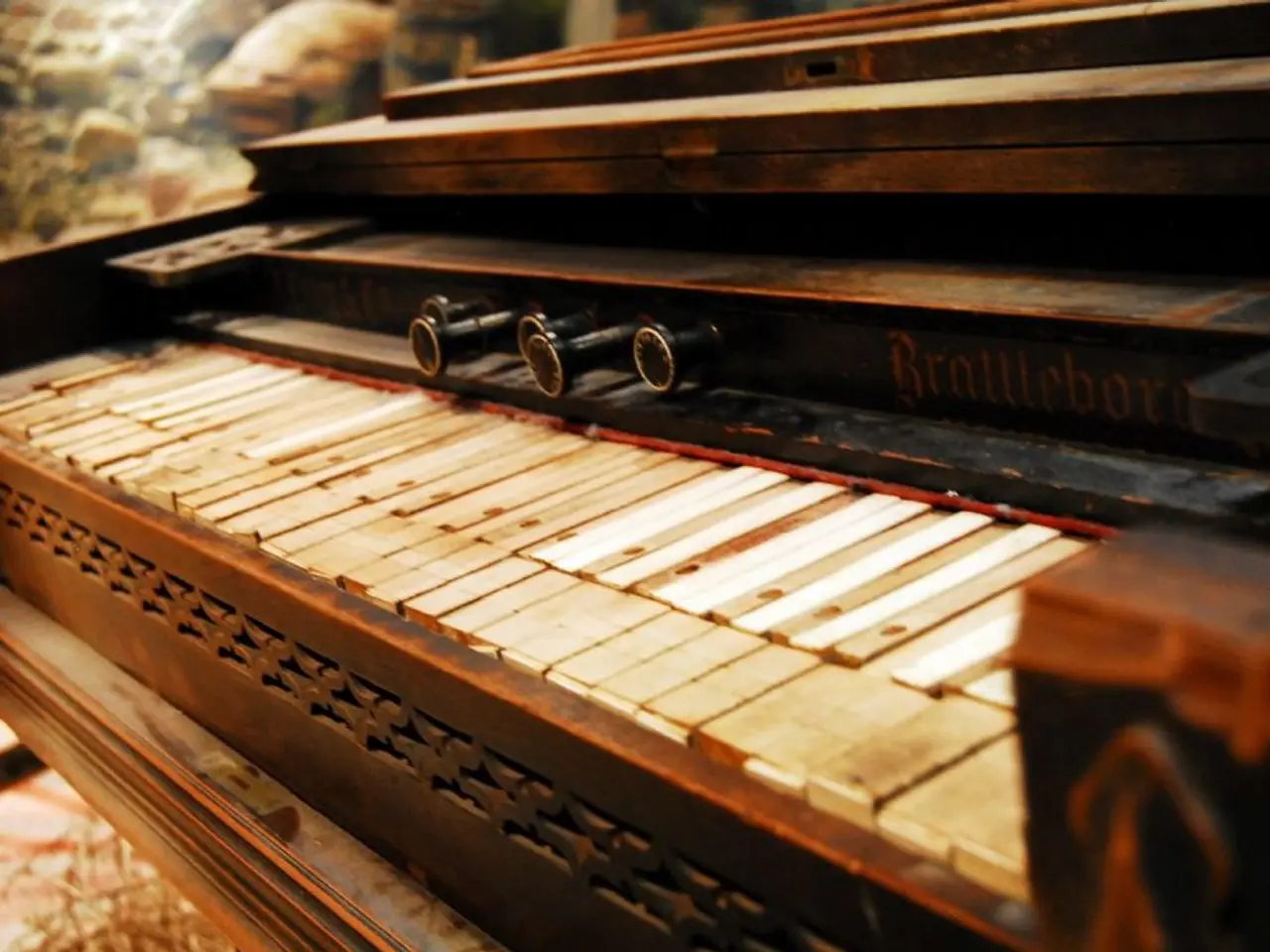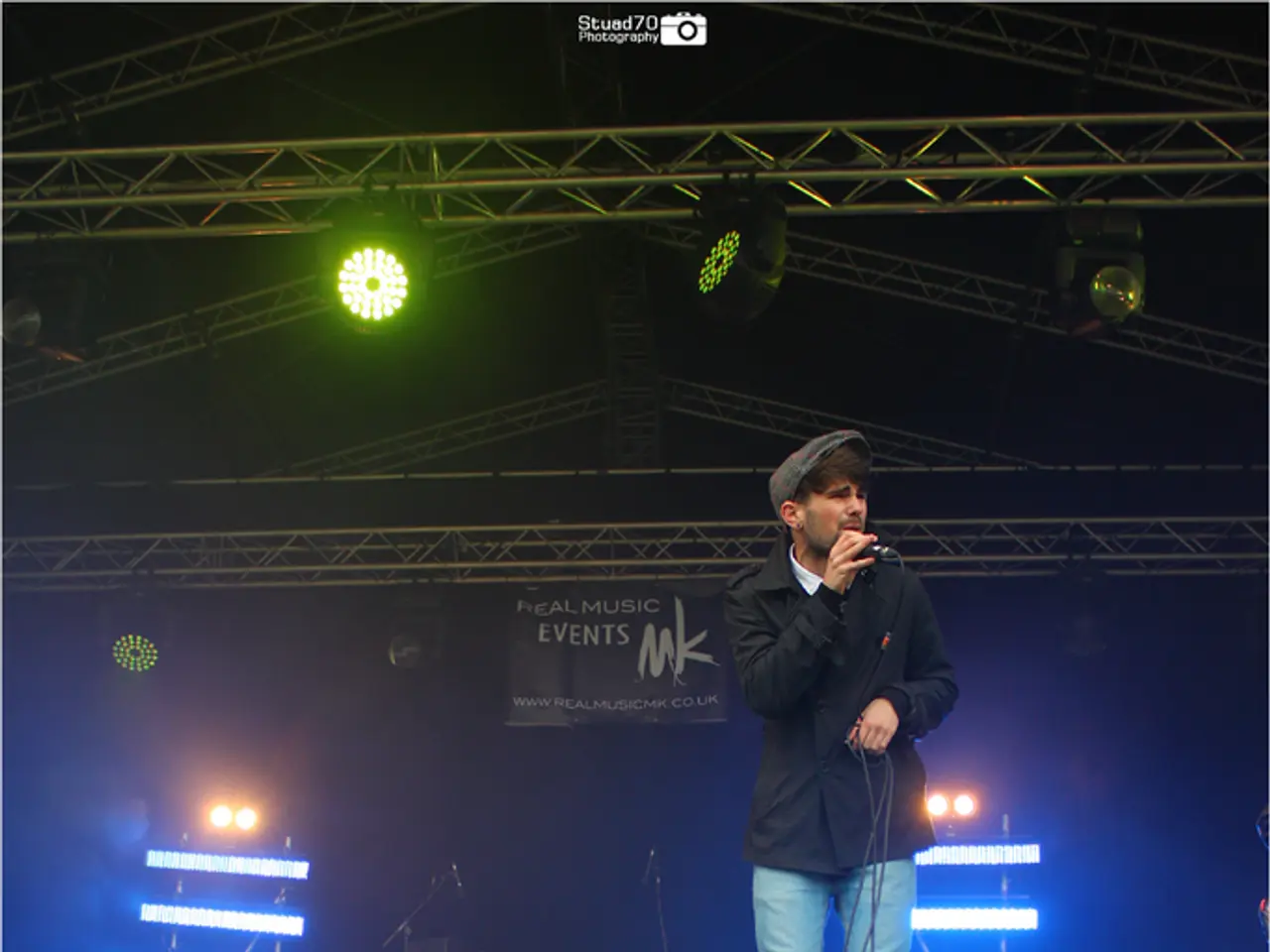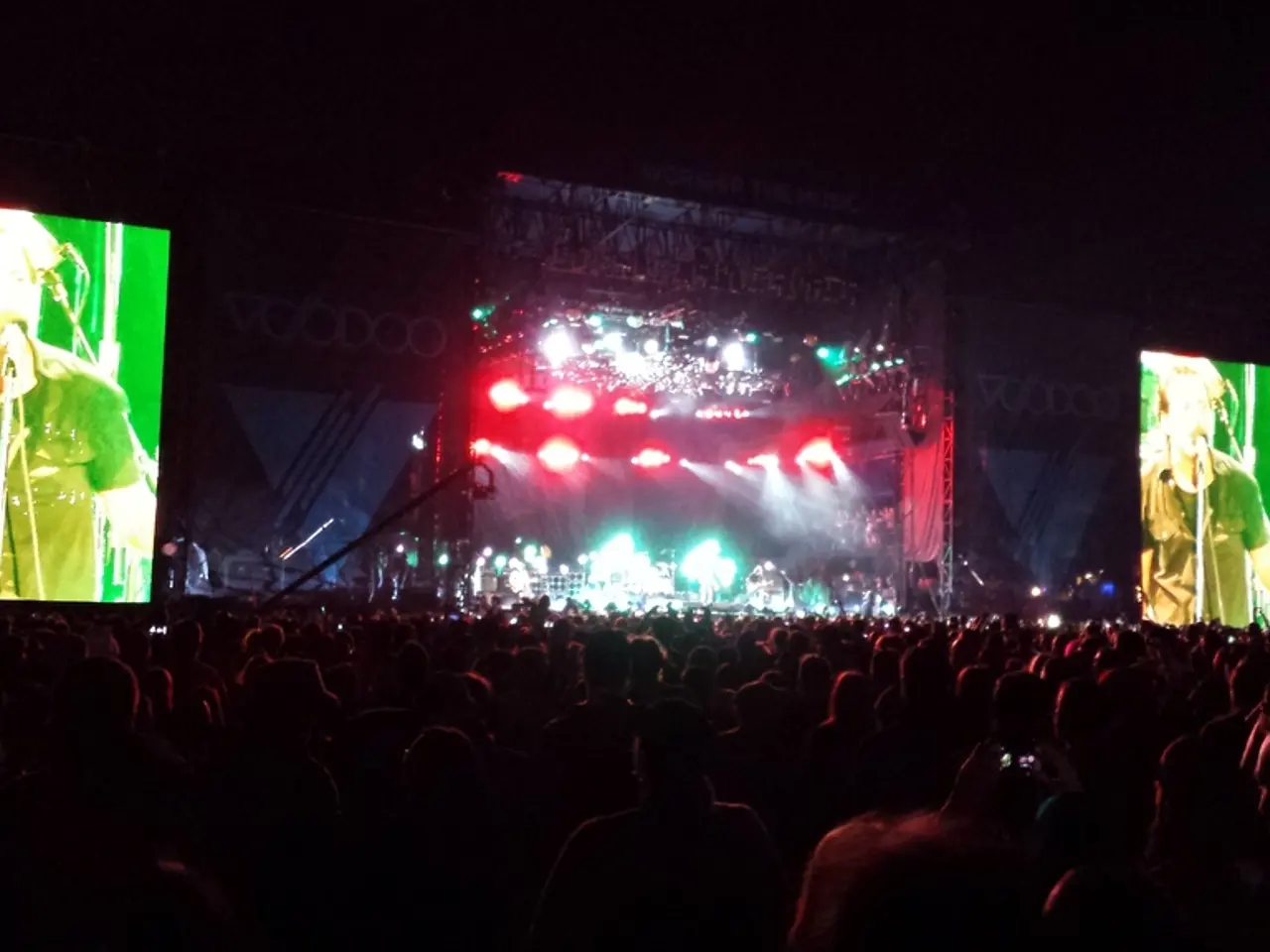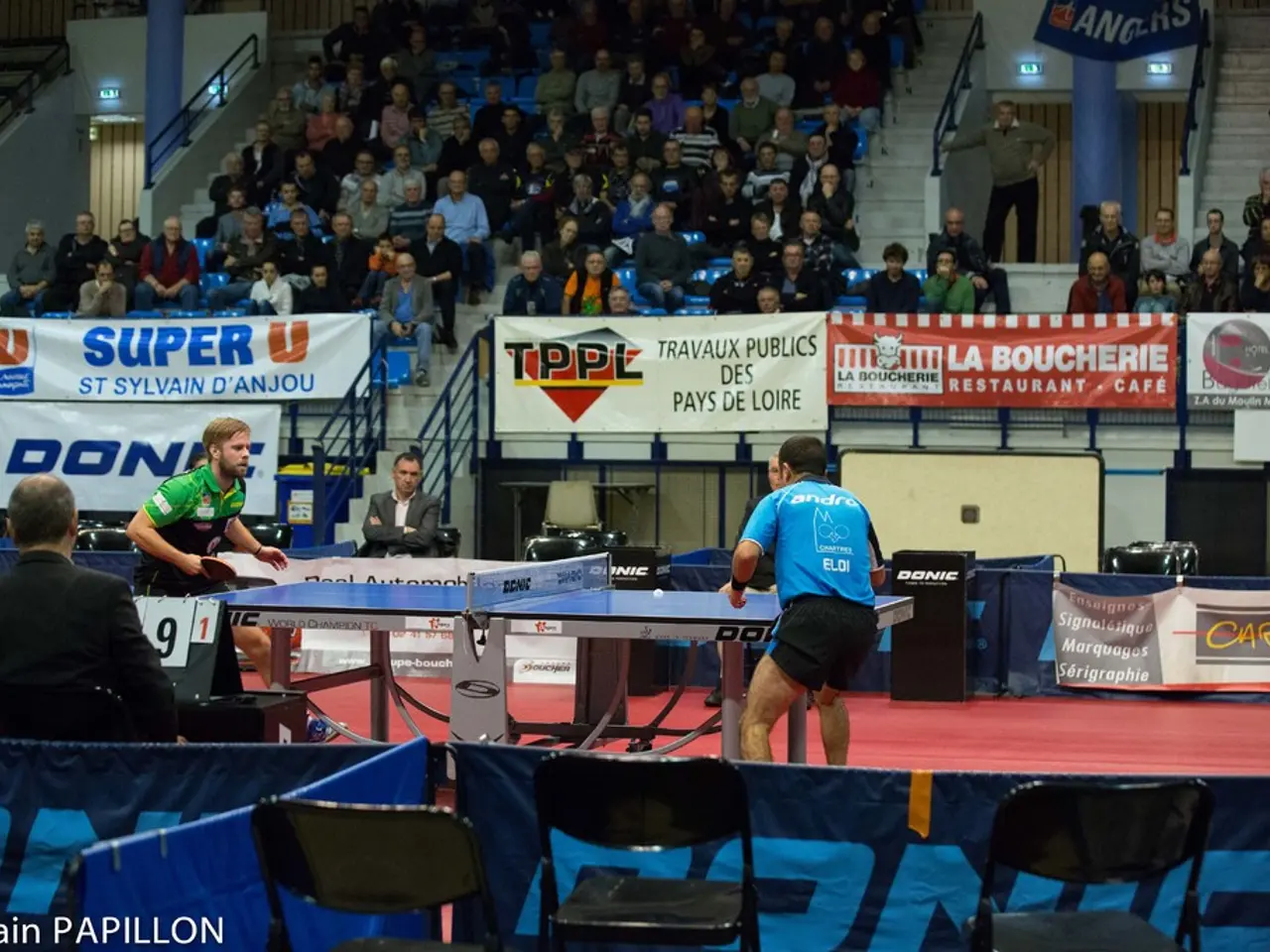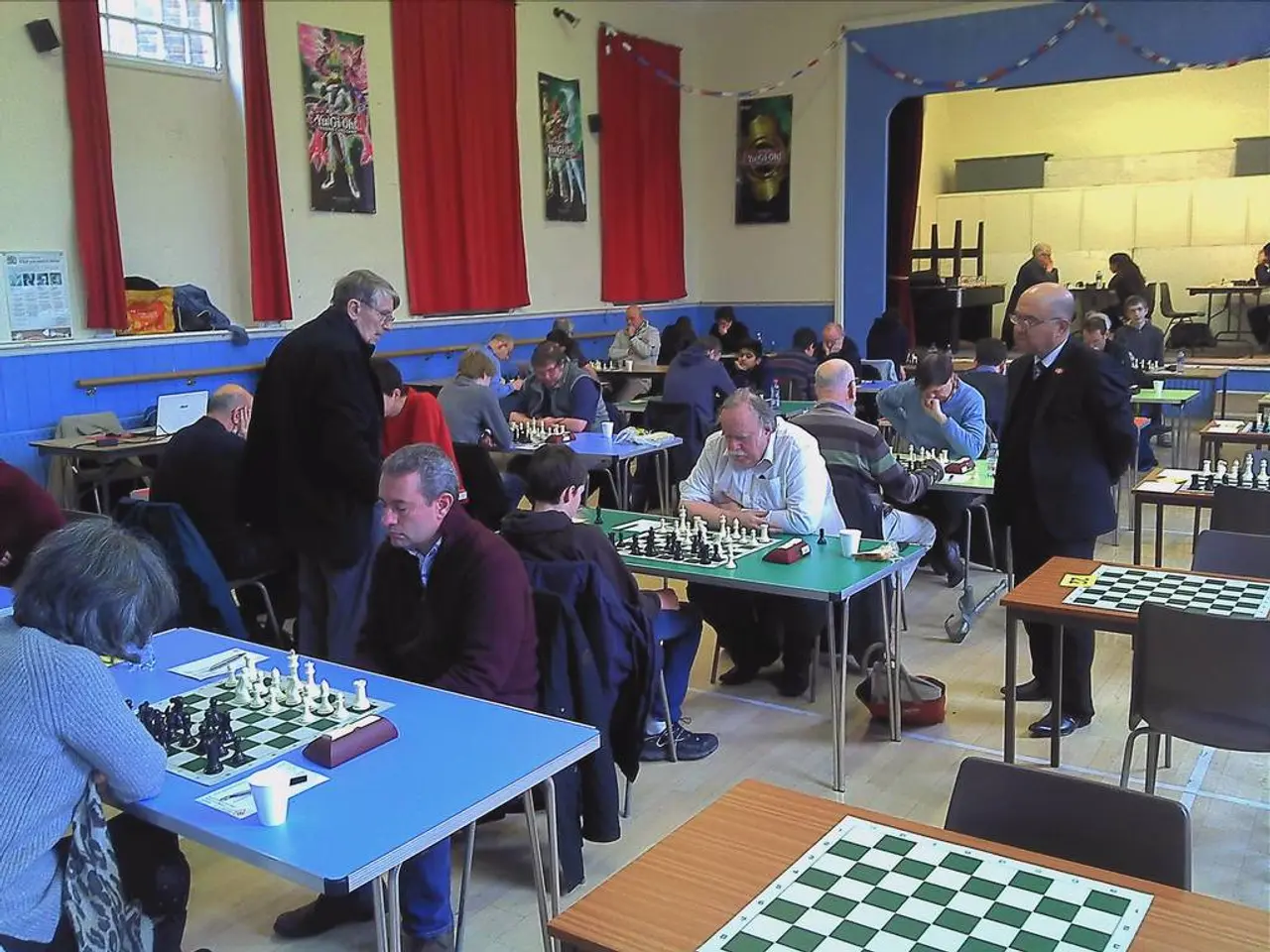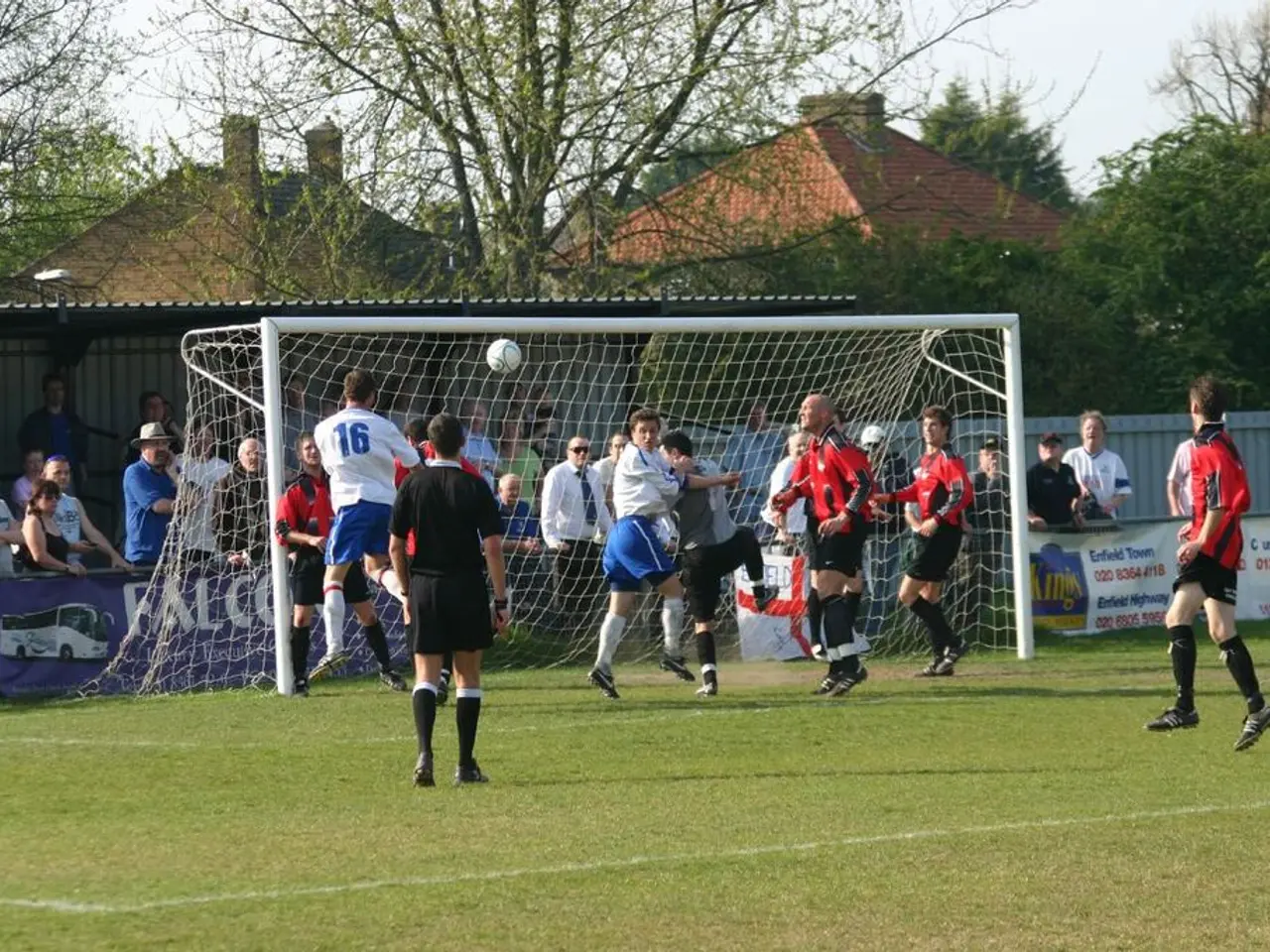Exploring the Historical Development and Application of the Sostenuto Pedal
The piano, a beloved instrument of music, boasts a unique pedal called the sostenuto pedal. This middle pedal on a grand piano is an invaluable tool for both pianists and composers, offering a layer of complexity and nuance to piano music.
Historically, the sostenuto pedal was first conceived in the 19th century, during a period of prolific innovation in piano design. It was in the United States where Steinway & Sons significantly developed the sostenuto pedal in 1874. Though not present on early pianos, it became a standard feature on grand pianos by the late 19th and 20th centuries.
Mechanically, the sostenuto pedal works by holding up the dampers only on the keys that are depressed at the time of pedal depression. When pressed, it locks the dampers in an elevated position only for those keys that are being held down. This means that those notes continue to resonate while other notes played afterward are not sustained.
Artistically, the sostenuto pedal enables complex textures and effects that were previously impossible or very difficult. It allows pianists to sustain bass notes or harmonic tones while freely playing staccato or other articulations in higher registers without blurring sound. Composers of the Romantic and 20th-century periods utilized this pedal to create layering and resonance effects, achieve legato in particular registers, and add expressive sustain to specific melodic lines.
In contemporary compositions, the sostenuto pedal is often used to create a pedal point - a single, sustained tone over which changing harmonies are played. This technique is prominent in works by composers such as Debussy and Ravel, and is also a favourite among modern pianists who explore extended piano techniques. Unlike the sustain pedal that sustains all notes, the sostenuto pedal’s selective nature contributes to clearer polyphony and artistic nuance.
In modern music, the sostenuto pedal is used to create layered sound effects, a technique often employed in cinematic and experimental music. Advanced pianists use the sostenuto pedal for intricate effects, such as sustaining a bottom layer of harmony in dense chordal structures.
In summary, the sostenuto pedal evolved as a mechanical innovation from the 19th century, functioning by holding dampers only on selected notes for sustained resonance, and is used artistically to enhance pianistic texture by selectively sustaining particular notes while allowing others to be played normally. This unique tool has transformed piano performances and continues to be a beloved feature of the grand piano.
A beginner pianist might find mastering the sostenuto pedal challenging due to its complex effects on piano music, but with practice and study of advanced techniques, it can be mastered. Closely examining the works of composer Debussy or Ravel would offer valuable insights into exciting ways to use the sostenuto pedal for layered sound effects. Today, the sostenuto pedal is not just a tool for entertaining piano pieces, but a versatile technique employed in cinematic and experimental music, demonstrating its relevance in the modern entertainment scene.
